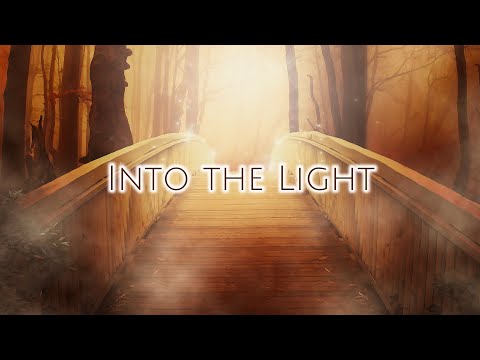Hatha Yoga has a long history and incredible power that goes beyond just physical exercise. It all started with ancient texts and has evolved over the centuries.
This practice isn’t just about moving your body; it’s about connecting your body and spirit in a way that promotes overall well-being. By exploring the roots of Hatha Yoga, you can see how it’s more than just a workout—it’s a holistic approach to health that affects your mind, body, and soul.
Understanding the history of Hatha Yoga can help you appreciate its ability to transform and inspire you to delve deeper into this ancient practice.
Origin of Hatha Yoga
Hatha Yoga has a rich history that dates back to ancient times. It’s all about finding a balance between opposing energies in the body, like the sun and the moon. Early texts such as the Dattatreyayogasastra and Goraksasataka laid down the basics of Hatha Yoga, focusing on physical purification and mental discipline.
In the 15th century, Swatmarama wrote the Hatha Yoga Pradipika, which further developed these teachings and solidified Hatha Yoga’s place in the yogic tradition. Over the centuries, Hatha Yoga has grown and evolved, blending philosophical ideas with practical techniques to improve physical well-being and spiritual growth.
Significance of Hatha Yoga Texts
Hatha Yoga texts like the Hatha Yoga Pradipika and Yoga Bija are really important in the history of Hatha Yoga. They give us a peek into how Hatha Yoga originated and changed over time.
These texts also delve into the deep ideas behind Hatha Yoga, like how it brings together opposing energies. It’s like a philosophy class within a yoga manual!
If you’re looking to learn traditional Hatha Yoga practices, these texts have got you covered. They explain everything from the different poses (asanas) to breathing techniques (pranayama) and even hand gestures (mudras).
And hey, by writing down all these ancient practices, these texts are basically the guardians of ancient yogic knowledge. They make sure that these teachings are passed down to future generations.
Interpretations of Hatha Yoga
When we look at Hatha Yoga from different perspectives, we see that it has many layers of meaning and importance within the world of traditional yoga. While it may be translated simply as ‘force,’ Hatha Yoga actually carries deeper, esoteric meanings related to vital energies.
The sounds ‘ha’ and ‘tha’ in Hatha Yoga represent the sun and moon, while the Ida and Pingala nadis symbolize essential energy pathways in the body. Experts agree that ‘hatha’ conveys a sense of strong effort, highlighting the challenging aspects of the practice.
These terms are linked to the subtle body, showing the intricate connection between physical poses and spiritual elements in Hatha Yoga. Understanding these hidden meanings can enhance our practice by revealing the deep bond between the body, mind, and essential energies found in traditional Hatha Yoga teachings.
Psychic Practices in Hatha Yoga
When you look at how physical postures and spiritual aspects are intertwined in traditional Hatha Yoga, you can see that the psychic side is really important. This involves waking up energies and doing practices that focus on the subtle body.
Here are some key things about psychic practices in Hatha Yoga:
- Waking Up Energies: In Hatha Yoga, the goal is to stir up dormant energies in the body, like the Kundalini energy that sits at the base of the spine.
- Subtle Body Practices: Things like mudras, bandhas, and holding your breath are used to affect the subtle energy flows in your body.
- Balancing Energy Flows: By doing mudras and other techniques, you can balance and sync up the energy flow throughout your subtle body.
- Keeping Life Essence Safe: At the start, Hatha Yoga was all about protecting the vital essence of life, which is called bindu or rajas.
Evolution of Hatha Yoga Techniques
When we look at how Hatha Yoga techniques have changed over time, it’s clear that they’ve gone through some significant updates. The way people practice Hatha Yoga now is quite different from how it was originally described in ancient texts. In the past, the focus was more on using asanas as a support for meditation, but nowadays, they’ve become the main part of modern yoga classes, moving away from the traditional teachings in Sanskrit.
Things like mudras, bandhas, and Pranayama, which were once crucial for achieving the goals of Hatha Yoga, have kind of taken a back seat in today’s practices. It seems like modern yoga teachers might not have as much in-depth knowledge about these older techniques, showing a shift towards a more mainstream and accessible approach to Hatha Yoga.
Conclusion
In simple terms, Hatha Yoga has a long history and is known for its powerful effects. It is rooted in ancient traditions and texts that have shaped how it is practiced today.
By focusing on balancing different energies in the body and linking the physical and spiritual aspects, Hatha Yoga provides a comprehensive approach to overall well-being.
The development of various techniques and mental practices in Hatha Yoga highlights its importance in fostering a harmonious connection between the body, mind, and essential energies.




